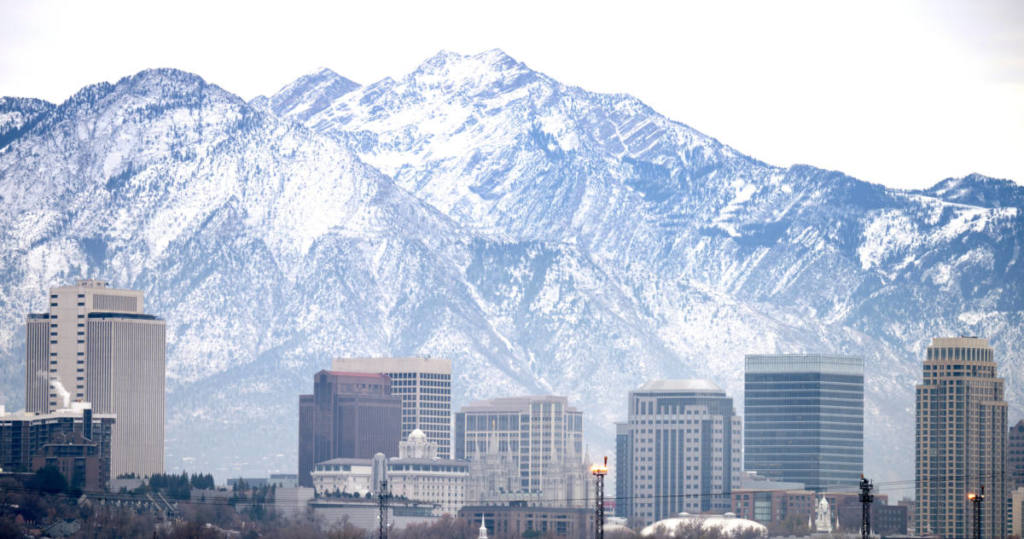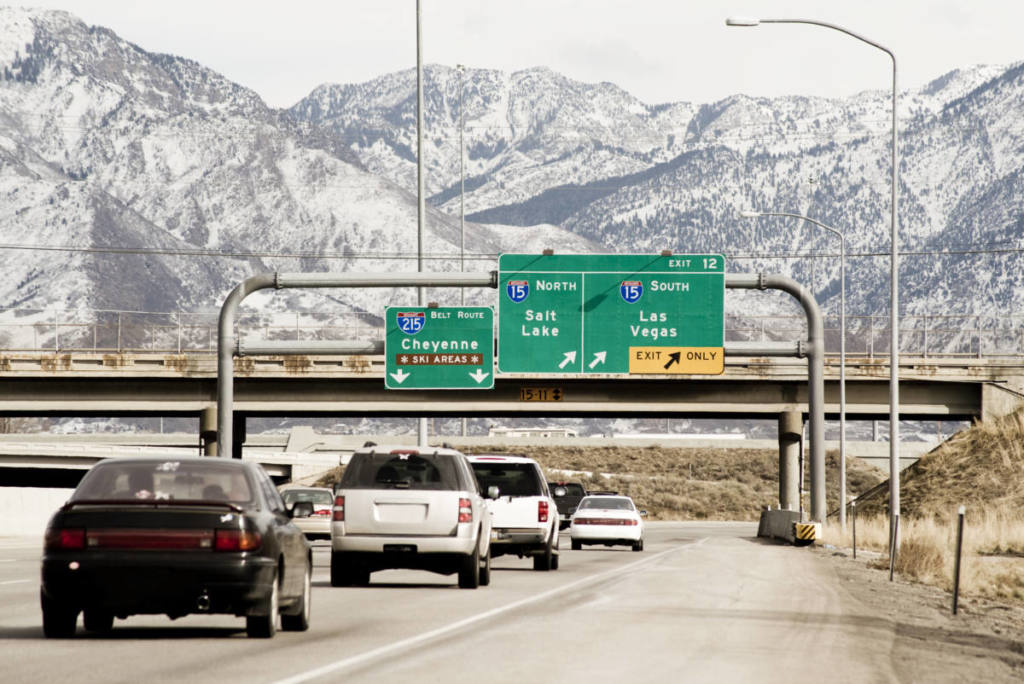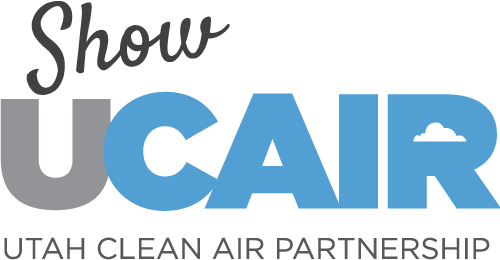We’ve all seen it happen. The sky slowly becomes thick and grey. Temps drop, and seeing the sun becomes a game of peek-a-boo. If you’ve lived in Utah, you’ve likely experienced winter inversion. The bowl our famous mountains create, combined with pollution and cold air, make a recipe for harsh polluted air that sticks around until a welcomed storm passes through. Winter inversions happen every year, but why does it happen and what can we do about it?
To answer our first question, winter inversion is not caused by just one thing, but winter inversion is actually partially caused, well, by winter. Cold weather and snowstorms are the catalysts to winter inversions. The cold air accumulates along with pollutants from various sources causing pollution to increase every day.

According to the Utah Department of Environmental Quality, an inversion is when, “cold air at the surface gets trapped under a layer of warmer air. During the winter, snow-covered valley floors reflect rather absorb heat, preventing the normal vertical mixing of warm and cold air that keeps pollutants from building up to unhealthy levels at the surface.” You could think of it as a bouncy ball inside a box. The ball, or our air, can only move within the box until the lid is opened and has room to escape.
Another contributor to winter inversion is us. With a population of just over 3.2 million people, Utah is a popular place with lots of people living, working and enjoying various entertainment options throughout the state. That means that we all have a carbon footprint that affects our air quality and contributes to winter inversions. While we can’t control the weather, we can control things that contribute to winter inversions like emissions from vehicles, home appliances and actively working with the government and private sectors to better our air.

Action can be taken in various ways. On an individual level, small acts as a community add up to significant changes. Actions like upgrading to electric tools and refraining from idling your car can make an impact. You can also stay informed by regularly checking the air quality and implementing TravelWise strategies accordingly. On a larger scale, stay informed, participate in elections and get involved in local organizations to take action. Check out our partner the Utah Division of Air Quality to stay informed.
So next time you notice the sky turning grey, you’ll recognize what’s happening, and you’ll know how to take action.

